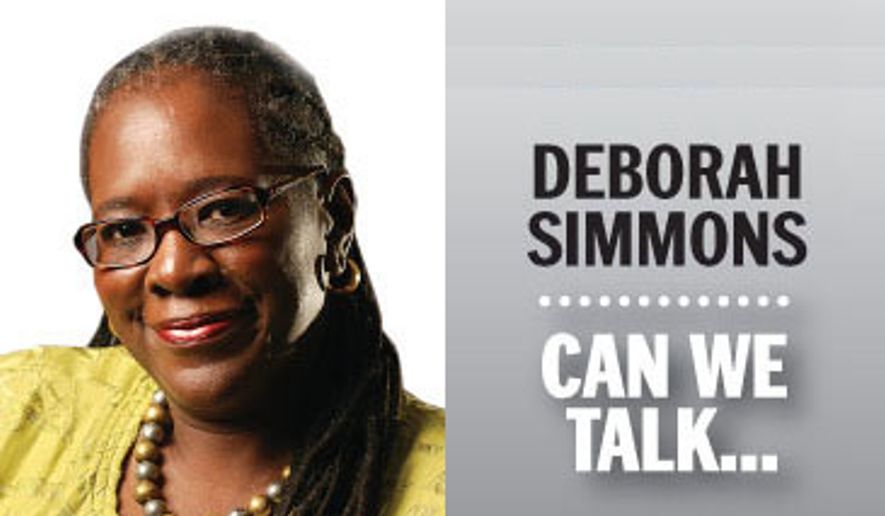ANALYSIS/OPINION:
Black unemployment. What can America do to flip the script?
It’s possible, yet unlikely, that Iyanla Vanzant and Dr. Phil can fix everyone’s life, although it would be nice if either or both of them could.
Outlandish YouTube and social media posts, and reality TV, prove as much.
Criminal justice stats, unemployment rates and failed government programs are evidence as well.
We need to focus on people reform, not just criminal justice reform.
America’s criminal justice system is incarcerating more than 2.3 million people in 1,719 state prisons, 102 federal prisons, 901 juvenile correctional facilities and 3,163 local jails. People also are held in dozens of military prisons, immigration detention facilities, civil commitment centers and prisons in the U.S. territories.
Jails, prisons and juvenile detention centers are not built to reform people, they are built to punish people (and don’t forget that).
And whether the inmate is imprisoned for taking a life, dealing drugs, trafficking humans, robbing a bank or assailing grandma and snatching her handbag, she has a fairly pat institutionalized schedule assigned to her before and after her release.
And if the prisoners’ names aren’t O.J. Simpson or Lil’ Kim, it’s likely they have to routinely urinate in a cup, attend group therapy (sometimes three times a week) and report to a probation, parole or taxpayer-funded overseer.
No time to tend to their faith, if they have one, or their family, or even get and keep a job.
For sure, what inmates face when they become so-called “returning citizens” isn’t remotely similar to regimented military boot camp. Far from it.
Yet local, state and federal governments mandate a misnamed “transition” that cancels the likelihood of an ex-inmate returning to even a reasonable facsimile of “transitioning” to a normal life that includes, say, a nine-to-five job or first responder shift work.
The irony is that misdemeanants and felons often lose their jobs and potential employment because their time is dictated by the conditions of their release and the hours their overseers’ keep.
Perfect example: Court Services and Offender Supervision Agency (CSOSA), which oversees federal prisoners, says its offices for watching former inmates urinate in a cup and for collecting the urine for analysis close at 6 p.m. — an impossible schedule for a mom working nine-to-five and who has to pick up her kiddies at day care by 6 p.m.
To double check, I called CSOSA offices at 2101 Martin Luther King Jr. Ave. SE in Ward 8, which has the highest black unemployment in the nation’s capital: 14.2 percent.
There’s considerable debate about whether President Trump or Barack Obama gets the credit for the decline in the nationwide black unemployment, which was 16.8 percent in 2010 compared to the current 7 percent. That, however, is a topic for a different column.
Right now the topic is why black unemployment is so high, so onerous, and what can be done to continue to lower it.
Clearly, local, state and federal governments need to adjust their bureaucracies if they want to truly aid citizens returning to society.
Reforming people on the outside of prison gates is a good thing because it helps them and their families.
Expecting people to be reformed by osmosis behind bars and helping them become employed, productive citizens is a waste of time regardless of who is president.
• Deborah Simmons can be contacted at dsimmons@washingtontimes.com.
• Deborah Simmons can be reached at dsimmons@washingtontimes.com.




Please read our comment policy before commenting.